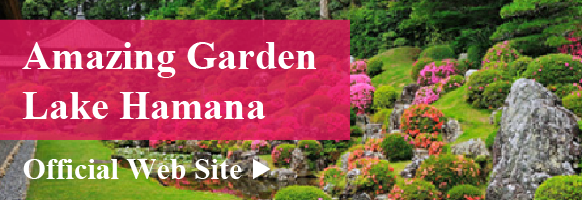Step Back into Japan’s Samurai Era Past at Kiga Checkpoint
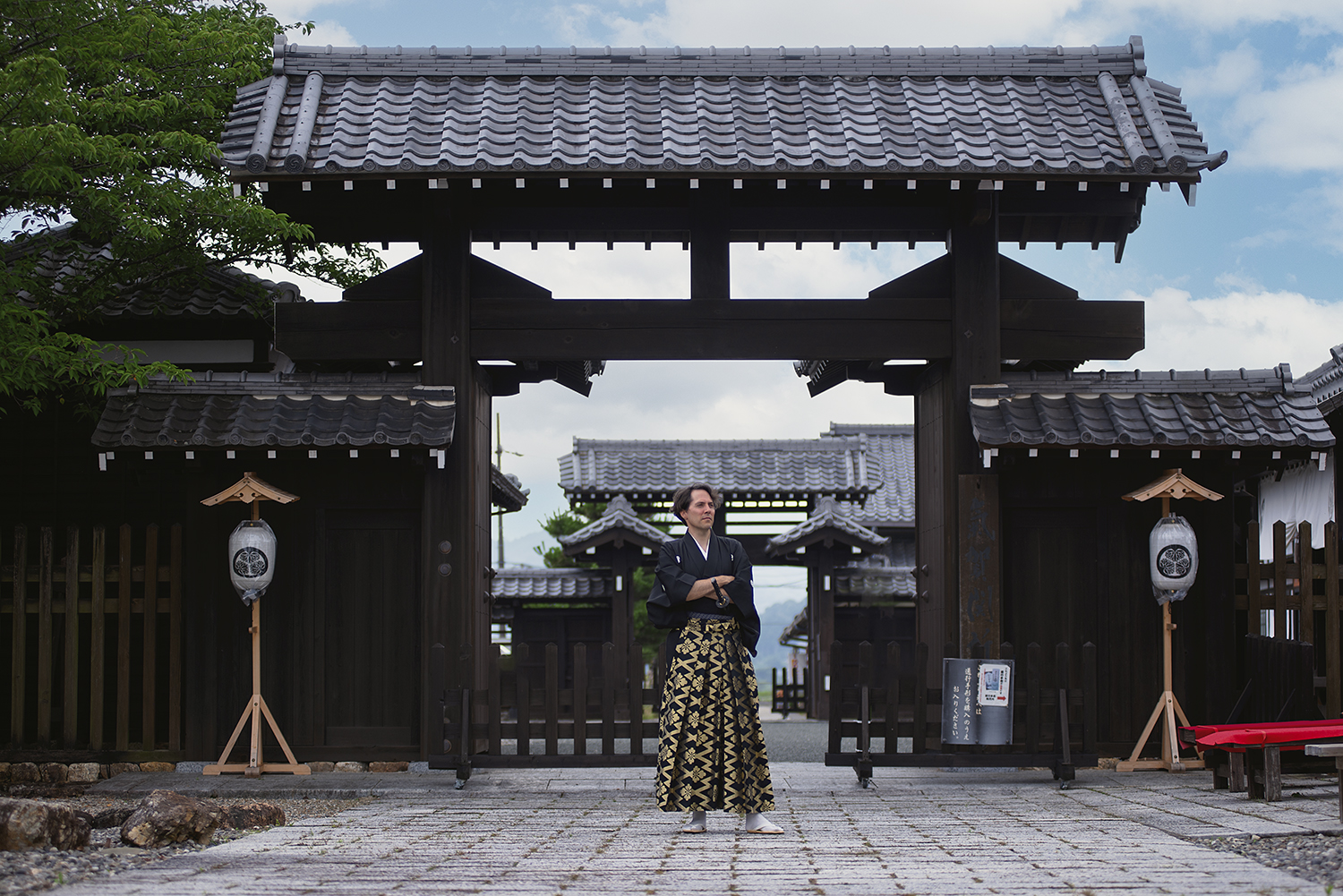
Explore a Historic Checkpoint on the Tokaido Road
During the Edo period (1603-1867), the Hamamatsu town of Kiga was a stop on the Hime-kaido (also called the Honzaka road), a road connected to the Tokaido road, the main route connecting Kyoto and Edo (modern-day Tokyo). Checkpoints known as sekisho were established by the Tokugawa shogunate at certain locations on the route to maintain control over the population, especially the local lords, and ensure the security of Edo. Travelers coming and going along the old highway were stopped at these checkpoints where they and their possessions were inspected.
Kiga Checkpoint was established in 1601 by Tokugawa Ieyasu and operated for some 250 years before it was dismantled after the new Meiji government abolished the checkpoint system. The structure was rebuilt in 1990 using Edo-period documents and historical records to restore it to its original appearance. Today, Kiga Checkpoint offers visitors a chance to step back in time and experience old Edo. The main sights are the meticulously reconstructed checkpoint buildings, watchtower, and gates, as well as the small on-site museum.
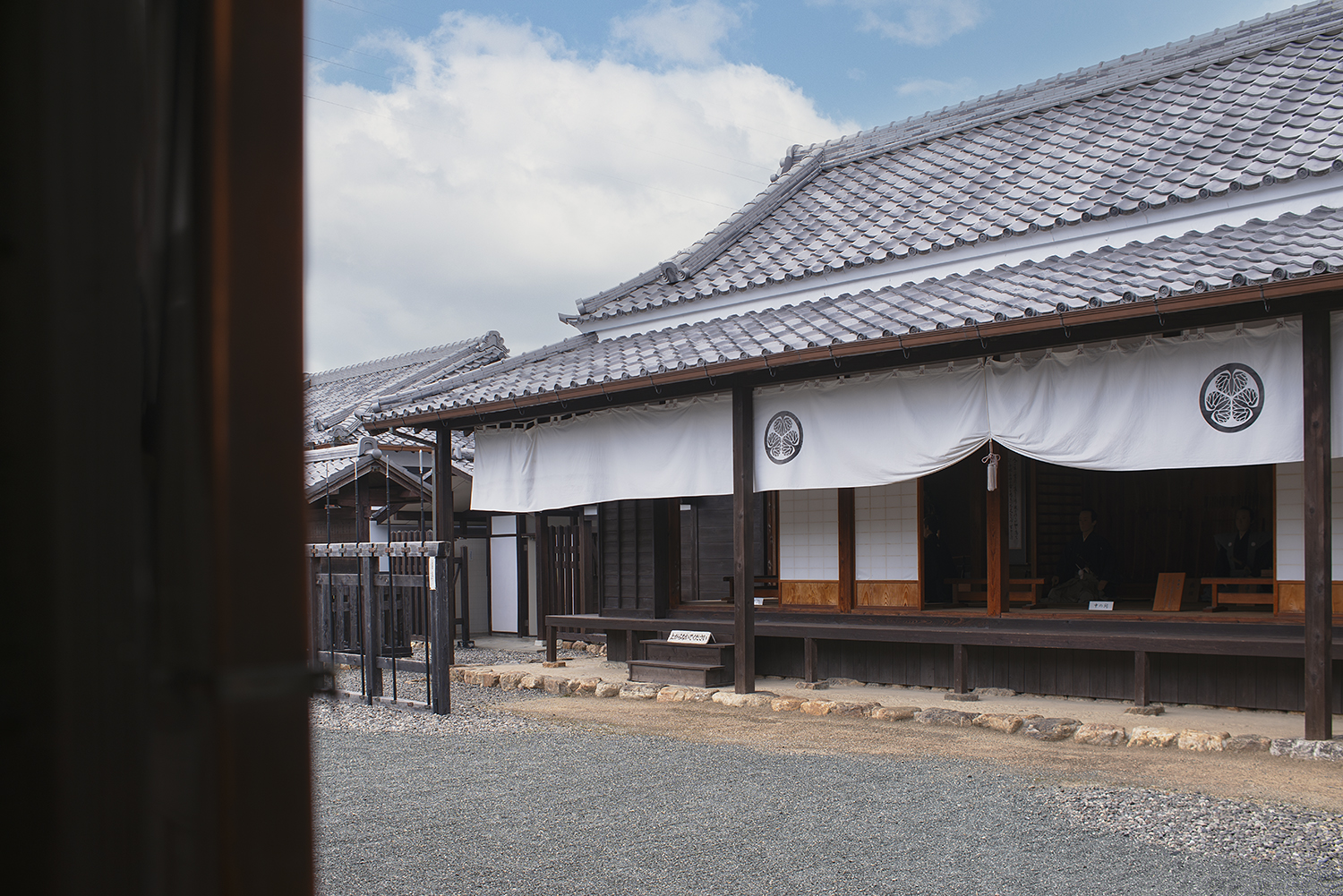
Imagine Life as an Edo-period Traveler
The elegant main gate, the Kabuki-Mon, stands at the end of a long stone path flanked by pine trees and serves as the official entrance to Kiga Checkpoint. Passing through the gate, you’ll find the honbansho, traveler-inspection area, on the right (northern) side and a mukaibansho, an additional traveler-inspection area equipped with a prison cage, on the left (southern) side. Mannequins dressed in period attire have been set up in these areas to illustrate how the staff interacted with each other and the travelers. Just behind the mukaibansho is the two-story watchtower, which affords a comprehensive view of the checkpoint grounds.
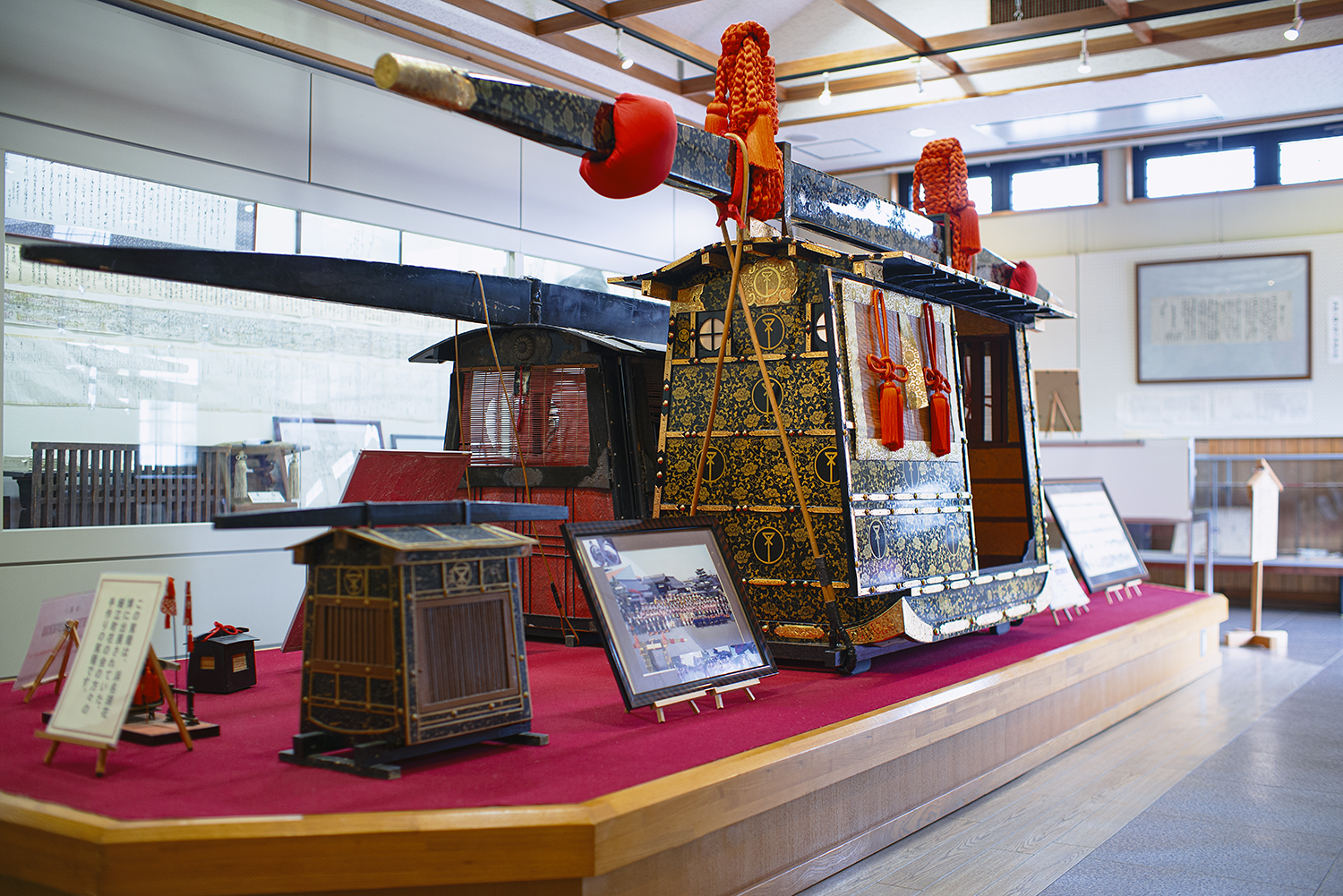
Observe the Travel Styles of Edo Japan
Toward the rear of the checkpoint is the Himesama-Yakata, which functions as a museum that houses exhibits and displays about Kiga Checkpoint and the history and significance of the checkpoint system. An elegant and ornate palanquin, used in the Edo period to transport princesses on their way to court, sits in the center, along with wax models of the meals and tableware for travelers of that time. Woodblock prints of the Himesama Dochu, the princesses’ procession, are also on display and illustrate life in Edo Japan.
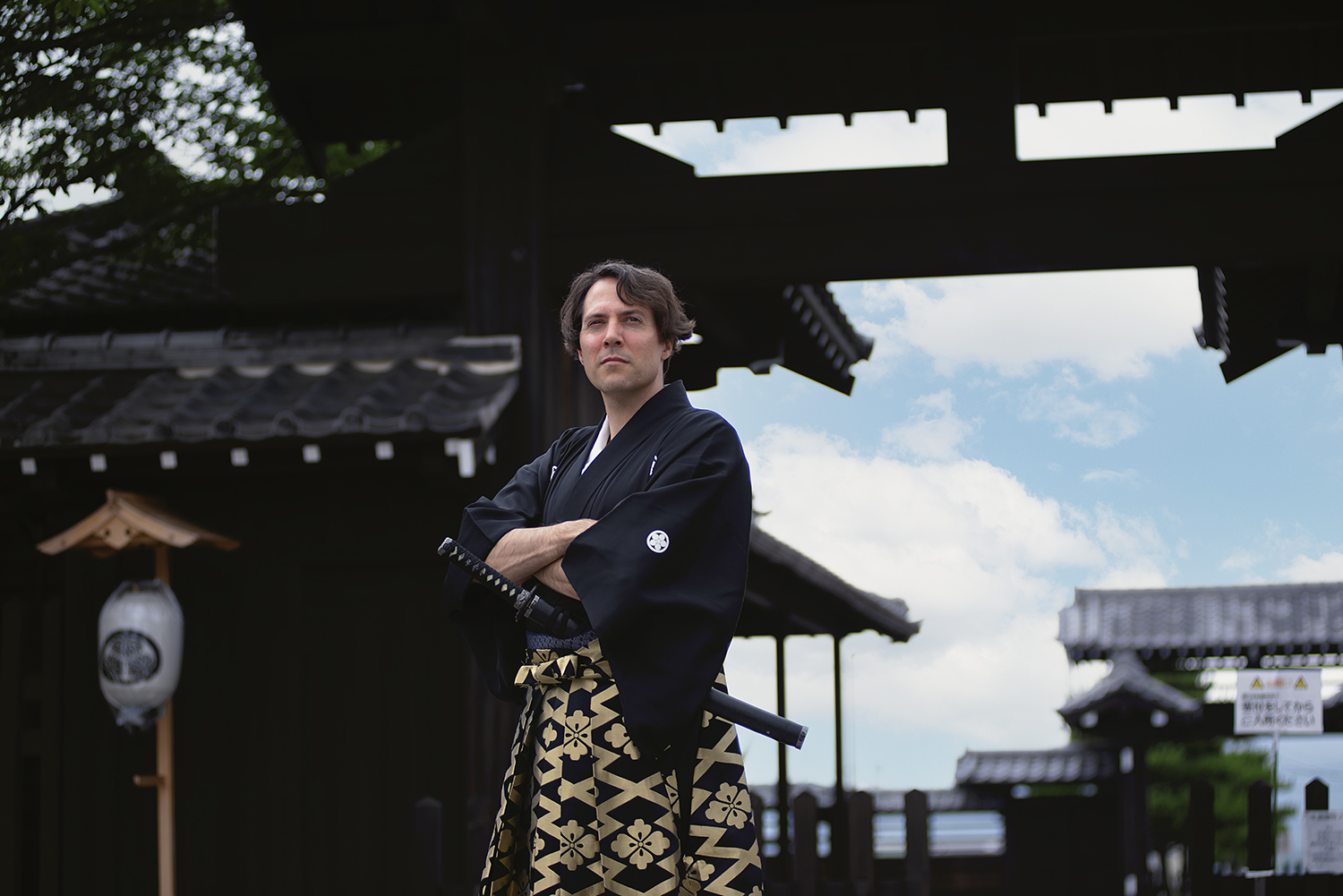
Step Back in Time by Wearing a Traditional Costume
Make the history of Kiga Checkpoint come alive by donning a traditional costume. For a small fee and with the help of the ticket-office staff, you or your child can dress up in any of a variety of period costumes, including that of a samurai or court lady. There are also fun costumes for those who want the anime look! The paid costume rental is good for thirty minutes, allowing plenty of time to take pictures around the premises and imagine yourself as an Edo-period traveler at the checkpoint.
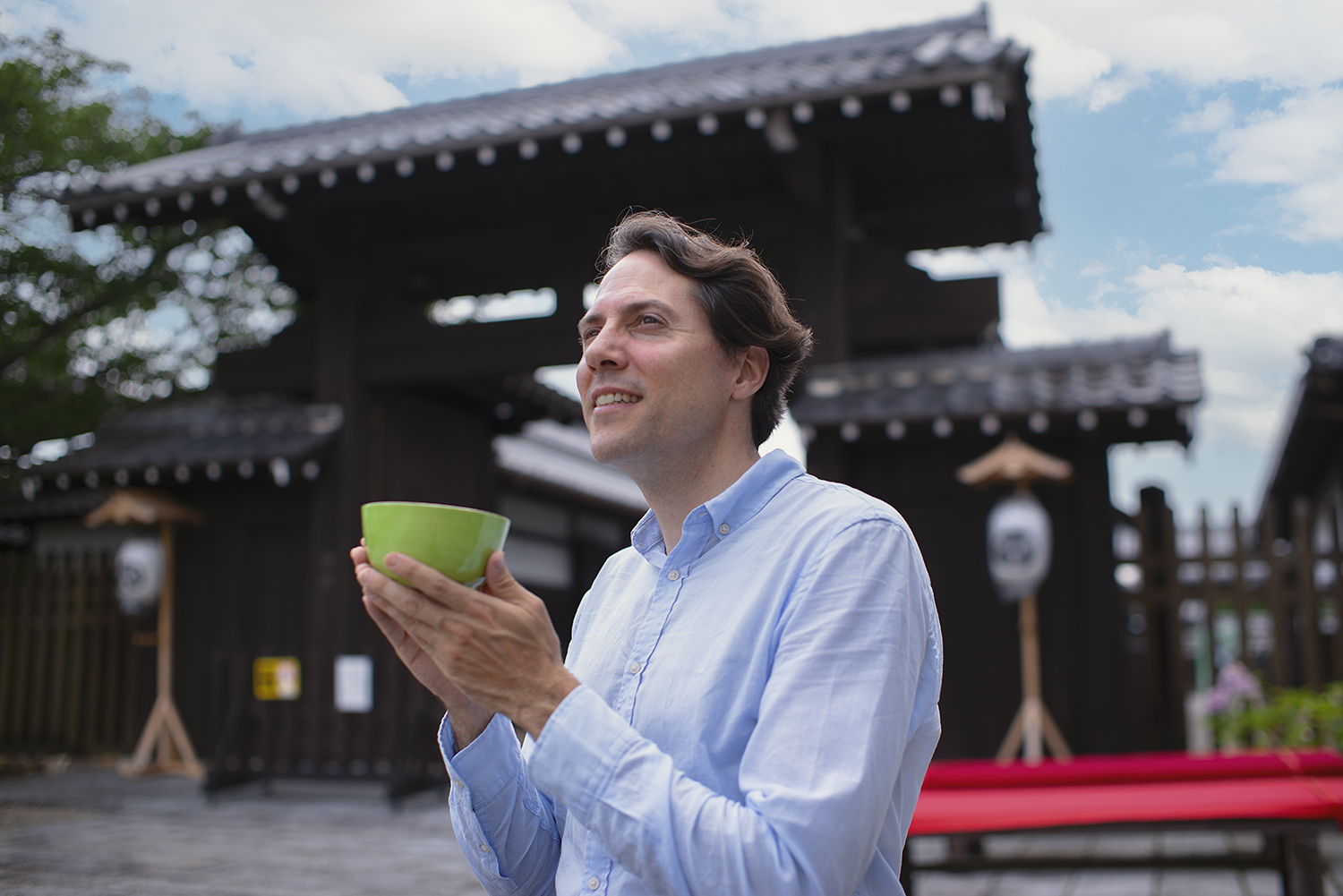
Enjoy Matcha Green Tea and Sweets
Powdered green tea known as matcha and Japanese sweets can also be had at the ticket office. Shizuoka-produced matcha is served along with traditional sweets on the red cloth-covered benches in front of the stately Kabuki-Mon. Whether before or after exploring the checkpoint, take some time to savor the delicious combination of bitter tea and Japanese sweets while appreciating the serene surroundings and soaking up the historical ambience of the site.
Kiga Checkpoint is a fascinating site that allows visitors to step into the past and experience the customs and atmosphere of the Edo period. By exploring the restored checkpoint structures, donning a kimono, and enjoying traditional green tea, visitors can take an enlightening excursion into the rich history and culture of Japan.

